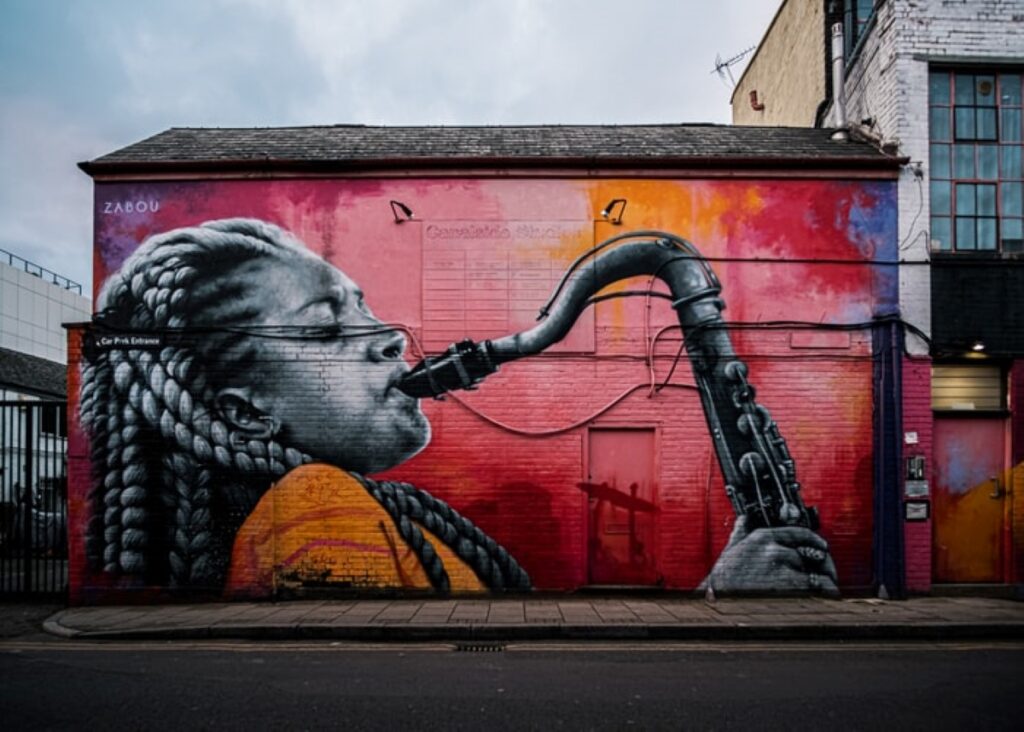“Cities have the capability of providing something for everybody, only because, and only when, they are created by everybody”
-Jane Jacobs
Public spaces have always been a very essential part of cities and communities. A place where people meet people, spend time and make memories. And if permitted are a great medium of creativity, expression, and experimentation.
‘Placemaking’ is a concept and a method to add comfort, safety, attractiveness, and liveliness to a street or a public space. Also, people themselves can contribute towards making them beautiful. This article covers the need for desirable public spaces and their impact socially, economically, and psychologically.
Can ‘we’ create a productive environment in public spaces?
Table of Contents
Introduction to Placemaking
When in a city like Mumbai one cannot avoid passing through public spaces. Railway stations, bus stops, street markets, khau gallis, malls, theatres, etc. have all been largely contributing to the city’s public spaces. The experiences of the public spaces decide what people feel about the city. Are the streets fun to walk on? Do you willingly go to a bus stop? Will children play here?
Placemaking is a way through which we can rethink our public spaces by adding colors, artworks, sculptures, etc., and making the space more inviting and appealing. It enables us to reimagine our public realm creatively. It redefines the principles of arts funding such that art is not itself an end goal. Rather, it is the process of building civic connections through art-making that is the priority. Art is a means for encouraging economic vitality, health, and community well-being.
With the help of community indulgence and participatory designing to create community spaces, the process of Placemaking makes use of people’s assets, inspiration, potential, and talent in the creation of quality interactive spaces. This also contributes to people’s happiness, health, and wellbeing and also creates a sense of belongingness towards their public spaces.
History of Placemaking
The origin of the idea of Placemaking is not much known. However, as mentioned by the Project for Public Spaces, in the late 1960s writers like Jane Jacobs and William H. Whyte came up with ideas about designing people-centric cities and urban developments which not just catered to cars and shopping centers. They also mention that the term was used in the 1970s by landscape architects, architects, and urban planners while creating attractive and interesting public spaces.
Impact of Placemaking
Great places enhance urban and rural communities and invite use by citizens of all ages and backgrounds. Instead of having a simple walk, people visit a great street to enjoy its ambiance, to shop, dine, and gather. The factor of security also plays a vital role here. Placemaking captures aspects that connect people and places on a human scale.
Both large and small placemaking projects can have a significant impact on a community. Not only do these projects improve a physical public space, but they also strengthen the social fabric of a community and contribute to creating a healthier urban development. When communities start taking small steps and build on the assets they have, large-scale transformations can be seen.
Economic Impact
Placemaking can increase the economic value of a place. Great places can be created in very low or investments at all. It has been observed that such projects increase the number of visitors in the surroundings and also facilitates tourism. Apart from this the space also creates opportunities for new businesses to flourish.
Cultural Impact
Various cultural aspects can be portrayed with the help of placemaking. It will attract artistic talent and also capture the essence of local culture and traditions. Such projects also create exposure to art and artists. The community can be strengthened through public participation. It also has a positive impact on the quality of life of the people.
A beautiful example is the murals created at Sasoon docks depicting the lifestyle of the fishermen living in Mumbai. Their colorful culture and close connection to the sea and the fishes are strongly depicted. The space interacts with the intangible aspects of the community.
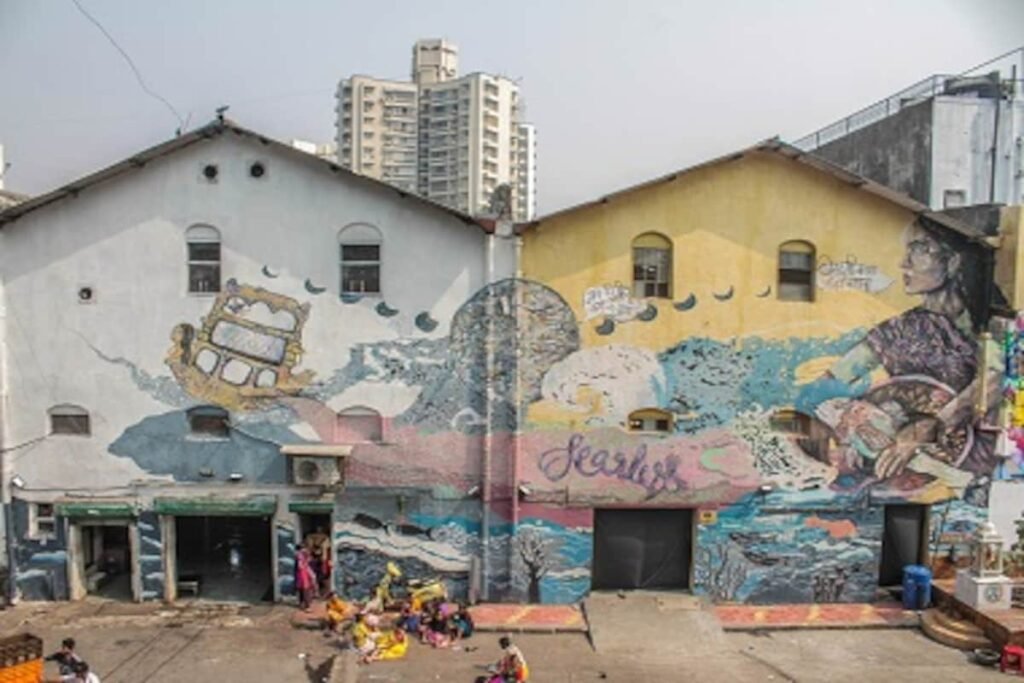
Social Impact
Once public spaces are made interesting, more and more people will like spending time here. Interactive spaces help in indulging people in activities that will help them rejuvenate and revive. The people would create belongingness towards the community spaces. It will also encourage people to interact with diverse audiences and will create opportunities to mix with individuals from different backgrounds. This in turn will help in positive urban development.
Principles of Placemaking

The Project for Public Spaces has identified 11 key elements in their book ‘How to turn a place around’ to create beautiful and vibrant public spaces.
- The Community is the Expert
The people in the community know the best about their heritage, culture, and background. Understanding the community will create a sense of belongingness to the project and will also aid in public participation. They can also contribute to the urban planning of their locality for building community spaces.
- Create a Place, Not a design
Placemaking is not just about beautifying the public spaces. One has to consider the surrounding activities, movement patterns, retail shops, vendors, and others and activities should be designed around it. These can be then tweaked with some landscape, seatings, and other essential props.
- It is a group effort
Partners for political, financial, and intellectual backing form an essential part of the team. They can be anyone and everyone who can have a positive effect on the project.
- Observation is the key
By simply observing how public space is used one can understand what people like or dislike about a place. Through this, it will be easier to understand the needs of the space and the people and plan activities accordingly to create better interactive spaces. Observation is also vital after a space has been built to help in managing it effectively and evolving to suit the needs.
- Requires a Vision
A vision is required to accomplish a placemaking project similar to any other project. It should be a vision of the entire community and should instill a sense of pride among the people who live and work in the surroundings.
- Start small
Public spaces are quite complex to find a correct solution in one go. So short-term improvements can be tested over a period of time and advancements can be made to it.
- Triangulate
Triangulation is the strategic placement of objects or activities to encourage interaction and communication.
- Ignore Naysayers
One of Yogi Berra’s great sayings is “If they say it can’t be done, it doesn’t always work out that way”. Not many people take the responsibility to create ‘places’ in the public as well as private sectors.
- Form Supports Function
The function of the place should govern its design and form and not vice versa.
- Money is Not The Issue
The space will be functional once the basic infrastructure is in place. Such projects can be executed through public participation which is also budget-friendly.
- It is a never-ending process
Public space is never “done”. There is always room for improvement and modifications. Being open to the need for change is what builds great public spaces and great cities and towns.
The Various forms of Placemaking
A placemaking project can be categorized into short term or long term. Here are a few examples coined by Arts and Planning toolkit which can be termed as placemaking.
Activation of a town center through placemaking
The town center can be revitalized by planning various cultural programs and events like festivals, gatherings, and performances. It can also be used for markets and funfairs.
Example: A plaza in Hallstatt Austria with an activated public realm
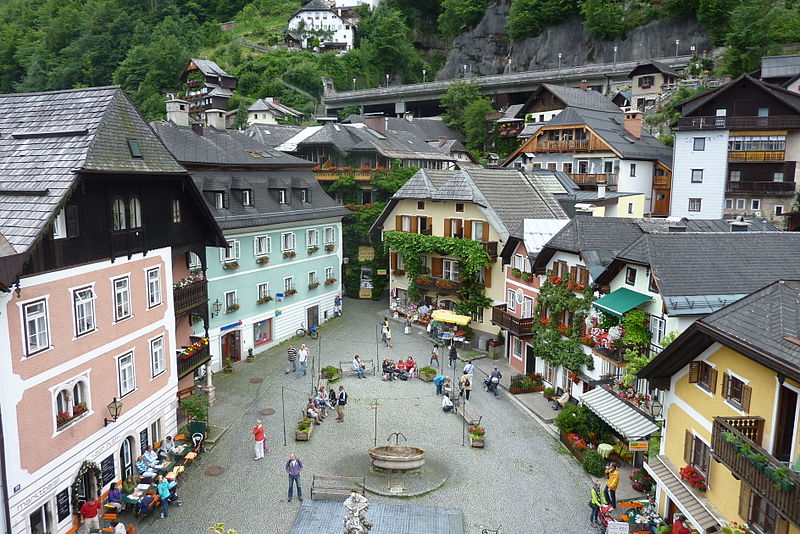
Revitalization of the local economy
The local economy can be benefited from an increased number of visitors and tourists attracted by the project.
Example: Gutzon Borglum, Mount Rushmore National Memorial
Development of a neighborhood plan
This can be achieved by using a community engagement process led in partnership with artists and arts organizations. It will help in creating a more lively and friendly neighborhood and benefit its urban planning.
Example: Portland Sidewalk Art

Examples of Successful Placemaking
- Umbrella Sky Project – Águeda, Portugal
The project began as a part of the city’s annual Ágitagueda Art Festival in Portugal. Since then it has been an attraction and is also replicated in many parts of the world.

- Jewell Of Brunswick – Melbourne, Australia
The area was once an unsafe and underutilized road. Today, it has a lawn, trees, seatings, and decks. People of all ages use this space to sit, talk and socialize.
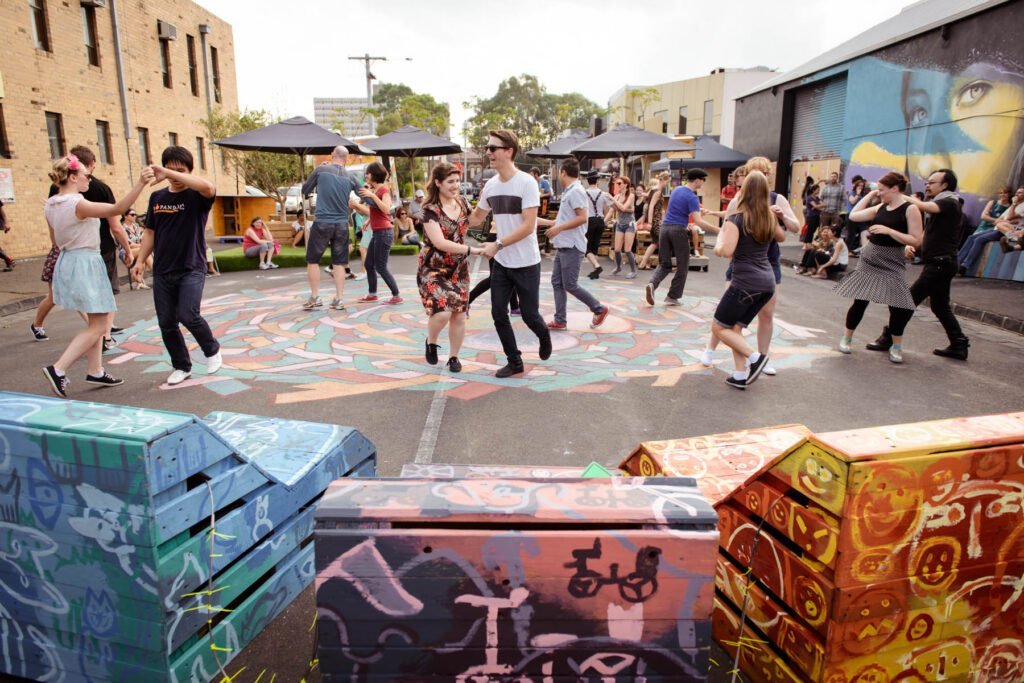
- Intersection Repair – Portland, Oregon
In Portland, an organization called the city repair project works on transforming intersections into interesting public spaces. The members of the community are invited to paint. This creates a sense of belongingness and pride.
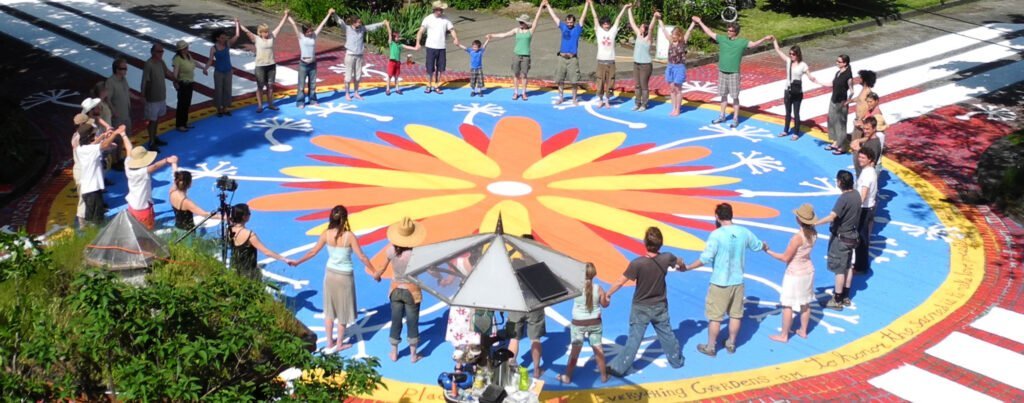
- ‘Home & Away’ – Hastings, Vancouver
The artwork interprets the historic structures in Hastings Park.
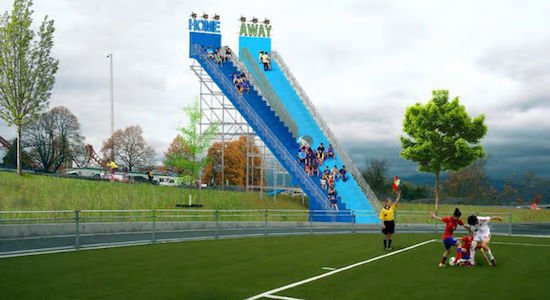
- Cloud Gate – Chicago
This public sculpture made of highly polished steel plates reflects its surroundings. It has been a popular attraction ever since the construction began.
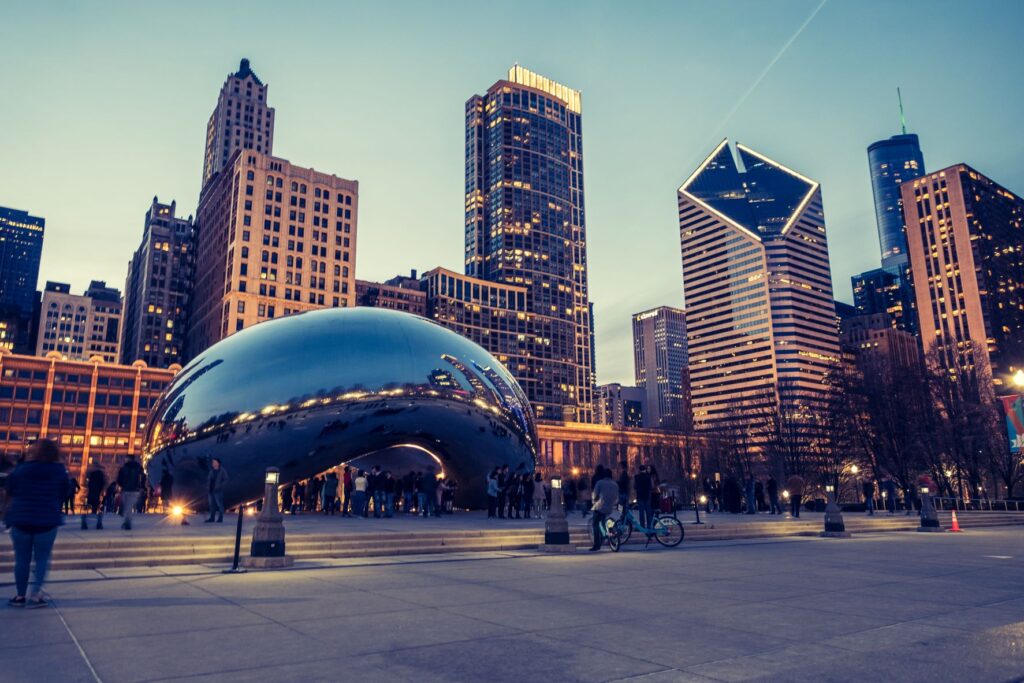
Future of Placemaking
The future of cities will not just be driven by ultra-modern technologies and skyscrapers. Humans will always need other humans to talk, socialize and interact to maintain their sanity. Placemaking will create the environment to maintain the social, cultural, and economic value of the place.

